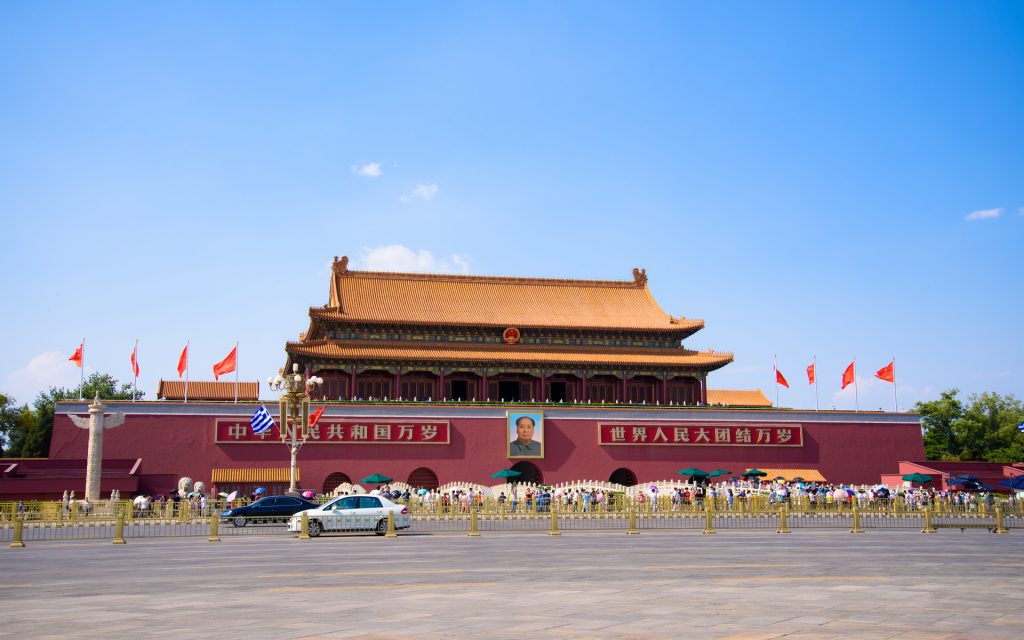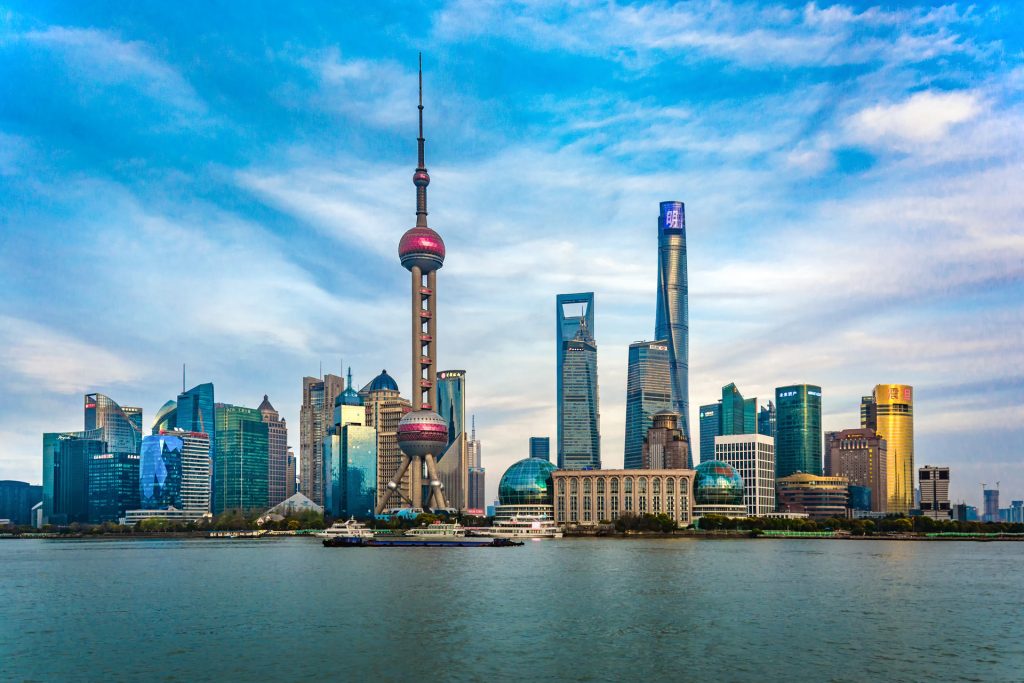There are hundreds of universities in China that offer Chinese language programs to international students. In most of these universities, the annual tuition fee varies between 2000 and 3000 dollars. For those who do not have financial problems or want to study at prestigious universities in the most well-known cities, there are also universities that charge more than 3500 dollars.
Most of the universities with the highest tuition fees for 1-year-long Chinese language programs are unsurprisingly located in Beijing and Shanghai. Others are located in other well-known cities such as Guangzhou, Xi’an and Xiamen.
Note: We would like to inform you know that we are authorized to provide Study in China counseling services for each of the universities mentioned in this article at the application stage as well as the period of time starting from being accepted until your arrival in China.
The most expensive 1-year-long Chinese languages programs in China are as follows:
| University | City | Tuition fee(CNY) | Tuition fee(USD) |
|---|---|---|---|
| University of International Business and Economics | Beijing | 38600 | 5440 |
| Guangdong Lingnan Institute of Technology | Guangzhou | 34000 | 4792 |
| Beijing Language and Culture University (Preparatory Chinese) | Beijing | 39000 | 5496 |
| Renmin University of China | Beijing | 24000 | 3382 |
| Fudan University | Shanghai | 25000 | 3523 |
| Xiamen University | Xiamen | 26000 | 3664 |
| East China Normal University | Shanghai | 28000 | 3946 |
| Northwestern Polytechnical University | Xi’an | 25000 | 3523 |
| Beijing Foreign Studies University | Beijing | 26000 | 3664 |
| Beijing Language and Culture University (Regular Chinese) | Beijing | 25800 | 3636 |
| Beijing Language and Culture University (Practical Chinese) | Beijing | 25800 | 3636 |
Beijing
- Beijing is the capital and one of the largest cities in China. It is located in the northeast of the country.
- It is one of the oldest and most historic cities in China and has been the capital of many empires. It has a rich culture dating back thousands of years.
- Forbidden City, which belonged to the Ming and Qing dynasties, is an important tourist attraction for visitors.
- Tiananmen Square in Beijing is one of the largest squares in the world and a symbol of the founding of the People’s Republic of China.

- Around Beijing, there are also parts of the Great Wall of China.
- Beijing is a modern metropolis. It is full of high buildings, shopping centers, technological development areas and cultural events.
- Beijing has an extensive transportation network. High-speed trains, subway lines, buses and airports facilitate transportation in and out of the city.
Guangzhou
- Guangzhou is a large city in southern China and is also the capital of Guangdong province.
- Guangzhou is a city with thousands of years of history. Throughout history, it has been exposed to the interaction of different cultures.
- The city has a rich cultural heritage dating back to ancient China.
- Guangzhou is one of the largest and most important trade centers in China. As part of the Pearl River Delta, it has a strong economy and industrial infrastructure.

- Many companies around the world have one of their branches in Guangzhou.
- The Canton Fair, one of the largest trade fairs in the world, takes place in Guangzhou every year.
- Guangdong cuisine, which includes Guangzhou, is an important branch of Chinese cuisine. Dim sum and various seafood dishes are the highlights of it.
- Guangzhou is known for its modern infrastructure, extensive subway network and high-speed train connections. Urban transportation is well developed.
- There are many tourist attractions in Guangzhou. Places such as Chen Clan Academy, Yuexiu Park, Canton Tower are points of interest for visitors.
Shanghai
- Shanghai is one of the largest cities in China. It is also an economic and financial center. It is a metropolis known for its modern buildings, commercial activities, cultural events and historical richness.
- The Pudong district is full of modern office buildings and financial institutions. The city has one of the largest free trade zones in the world.
- The Bund in Shanghai is one of the city’s landmarks. This area is famous for its historic buildings, luxury hotels and high-rise buildings that show the modern face of the city.
- The Oriental Pearl Tower in the Pudong district is one of the important buildings that make up the city’s skyline.

- Yu Garden, a historical Chinese garden in Shanghai, attracts visitors with its traditional architecture and landscape design.
- Shanghai has a well-developed transportation infrastructure. With its extensive subway network, intercity high-speed train connections and modern bus systems, transportation within the city is easy.
- Shanghai has a rich environment for theater, art galleries, concerts and other cultural events. The city’s museums and art galleries offer a variety of options for history and art lovers.
Xiamen
- Xiamen is a coastal city in Fujian province in the southeast of China. Rich in history and home to a modern atmosphere, Xiamen is known for its beautiful beaches, historic buildings and green spaces.
- The city is famous for its green spaces, parks and natural beauty. Gulangyu Island is one of Xiamen’s landmarks.

- Xiamen has many historic buildings and monuments that reflect this past. Places like Nanputuo Temple, South Putuo Temple and Hulishan Castle may be of interest to history buffs.
- Xiamen cuisine is delicious and varied, with an emphasis on seafood.
- Xiamen is home to many universities and is an important center for education. Among them, Xiamen University is a famous Chinese university.
- Xiamen is known for its modern infrastructure, high-speed train connections and advanced transportation systems.
Xi’an
- Xi’an is a historical city in Shaanxi province in central China. As one of the oldest capitals of China, Xi’an is famous for its rich historical and cultural heritage.
- Xi’an has been the capital of 13 dynasties in Chinese history, the most famous of which was the Tang Dynasty. It has also been a center of trade and cultural exchange due to its location at the eastern end of the Silk Road.
- Xi’an’s best-known tourist attraction is the Terracotta Stone Soldier Army, located in the tomb complex of Qin Shi Huang. This massive ensemble of thousands of soldiers, horses and chariot figures was built to guard the tomb of the first Chinese Emperor Qin Shi Huang.

- Xi’an is surrounded by an ancient city wall. Built in the 14th century by the Ming Dynasty to protect and defend the city.
- The Great Mosque in Xi’an is an example of Chinese Islamic architecture. It was built in 742 and has been restored many times.
- The Bell Tower and Drum Tower in Xi’an are important buildings that adorn the historic square in the city center. These towers were used in the past to measure time and inform the public.
- Hui Min Jie in Xi’an is known as the Muslim quarter and its streets are filled with a variety of local delicacies. Here you can find local food as well as souvenirs and handicrafts.


